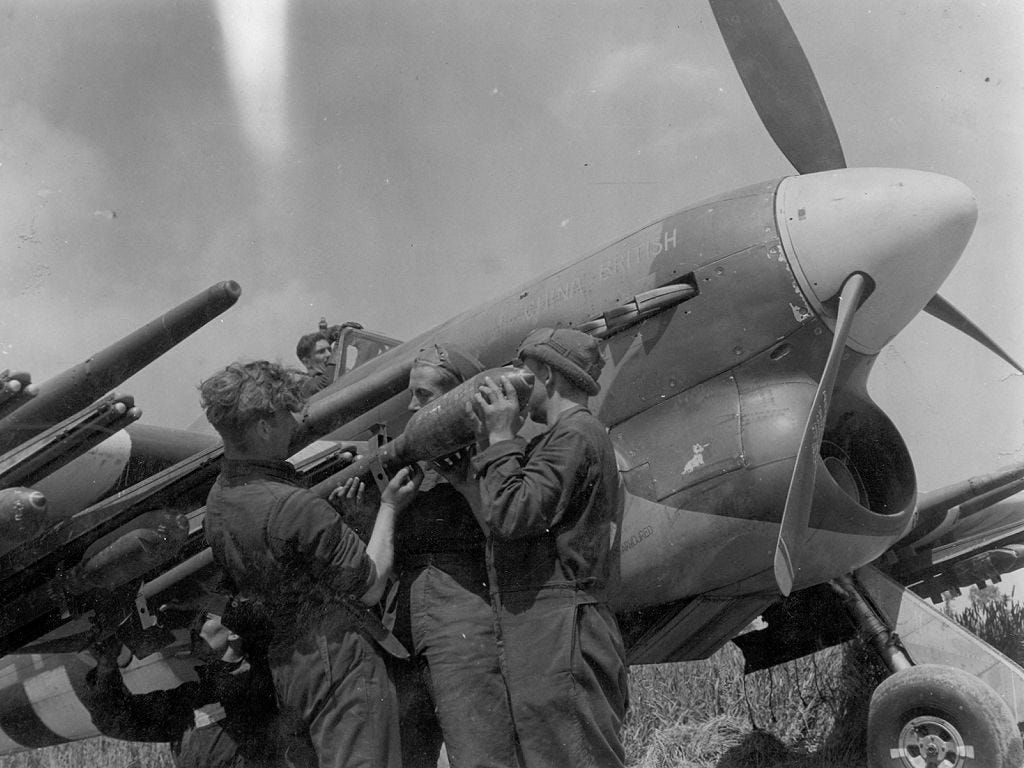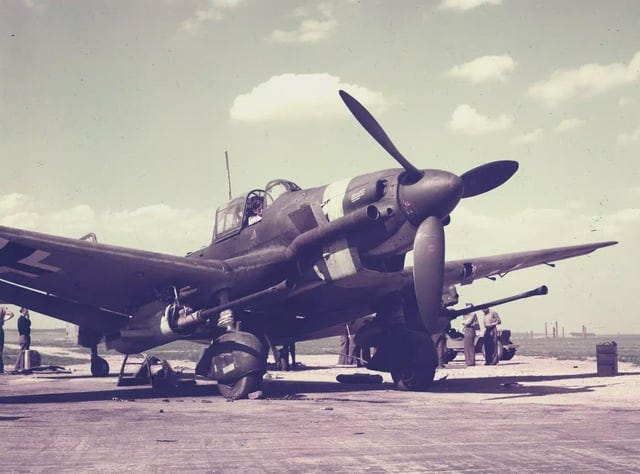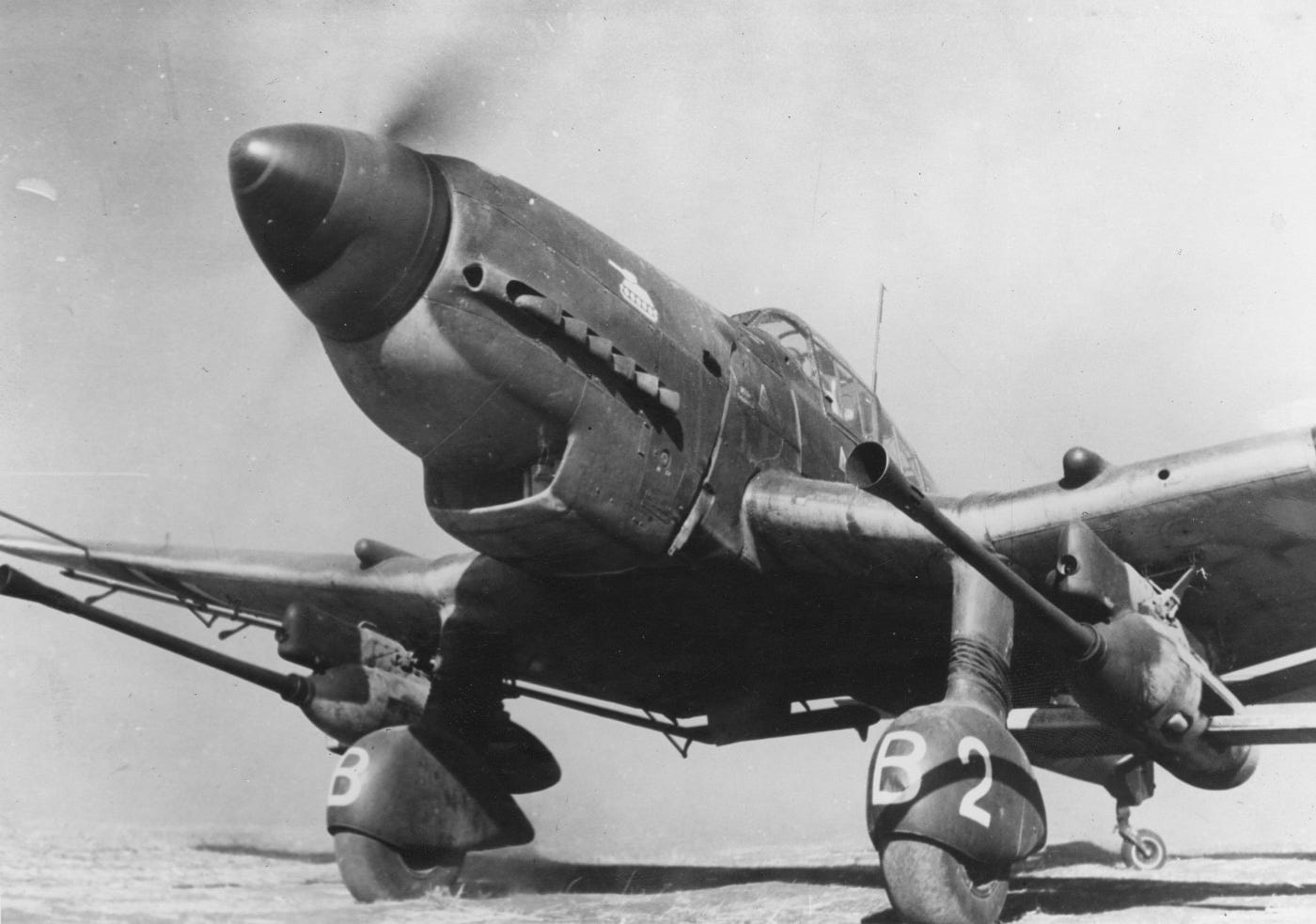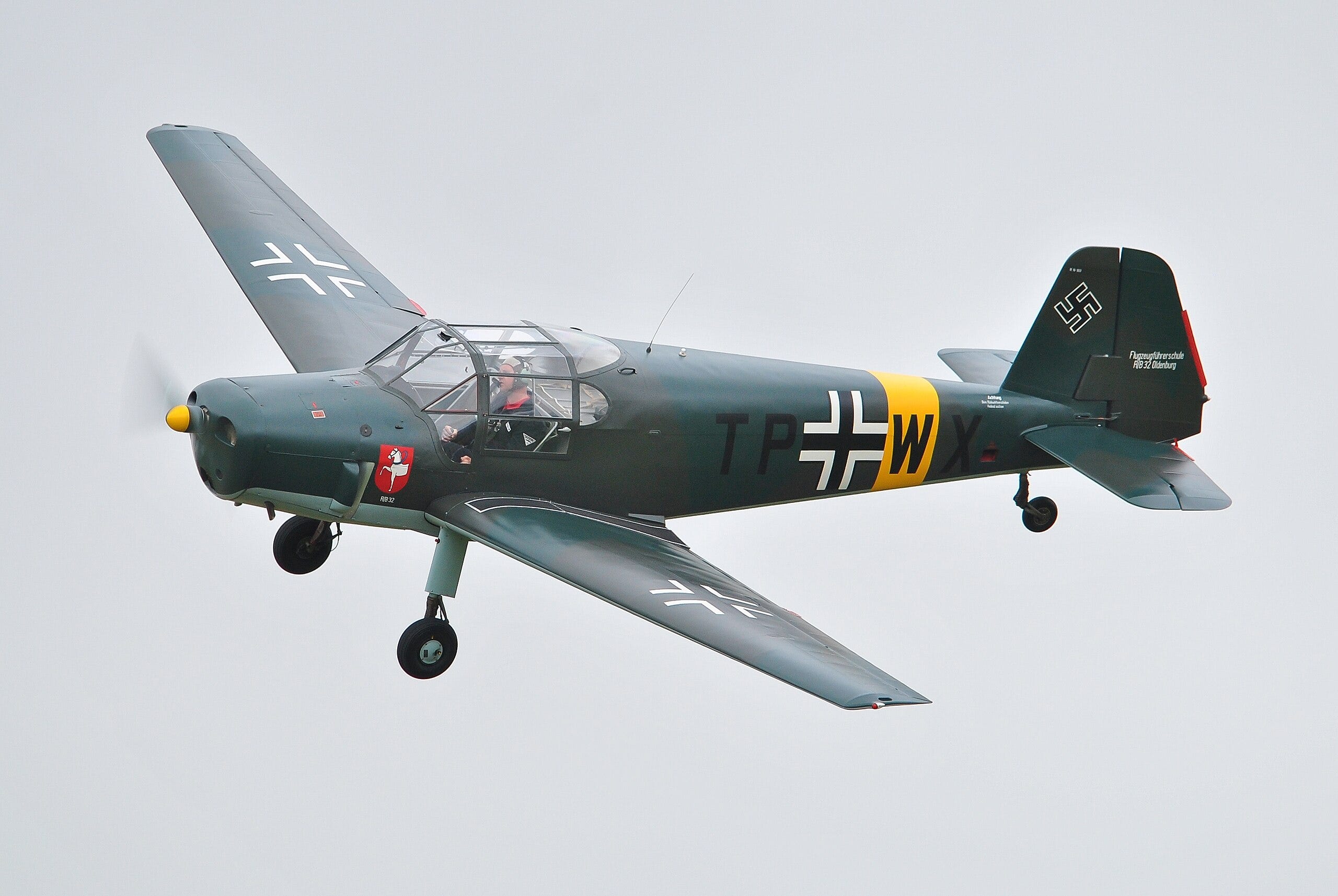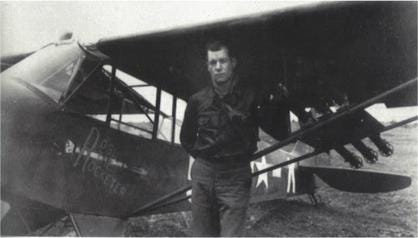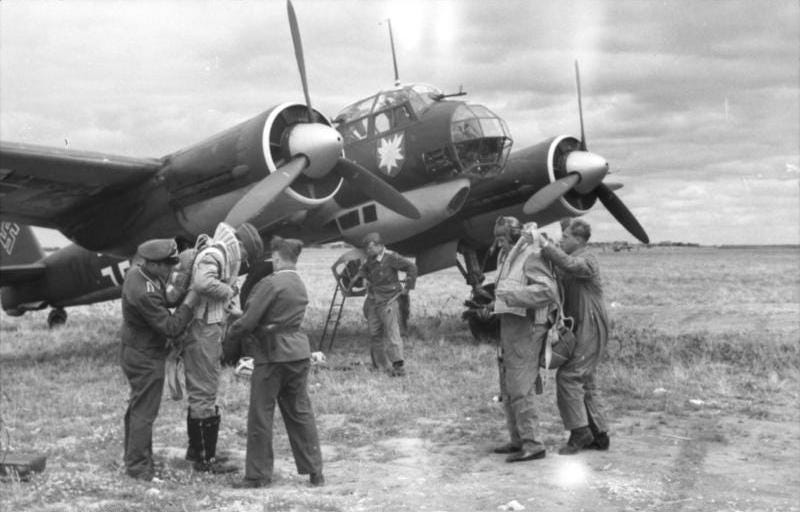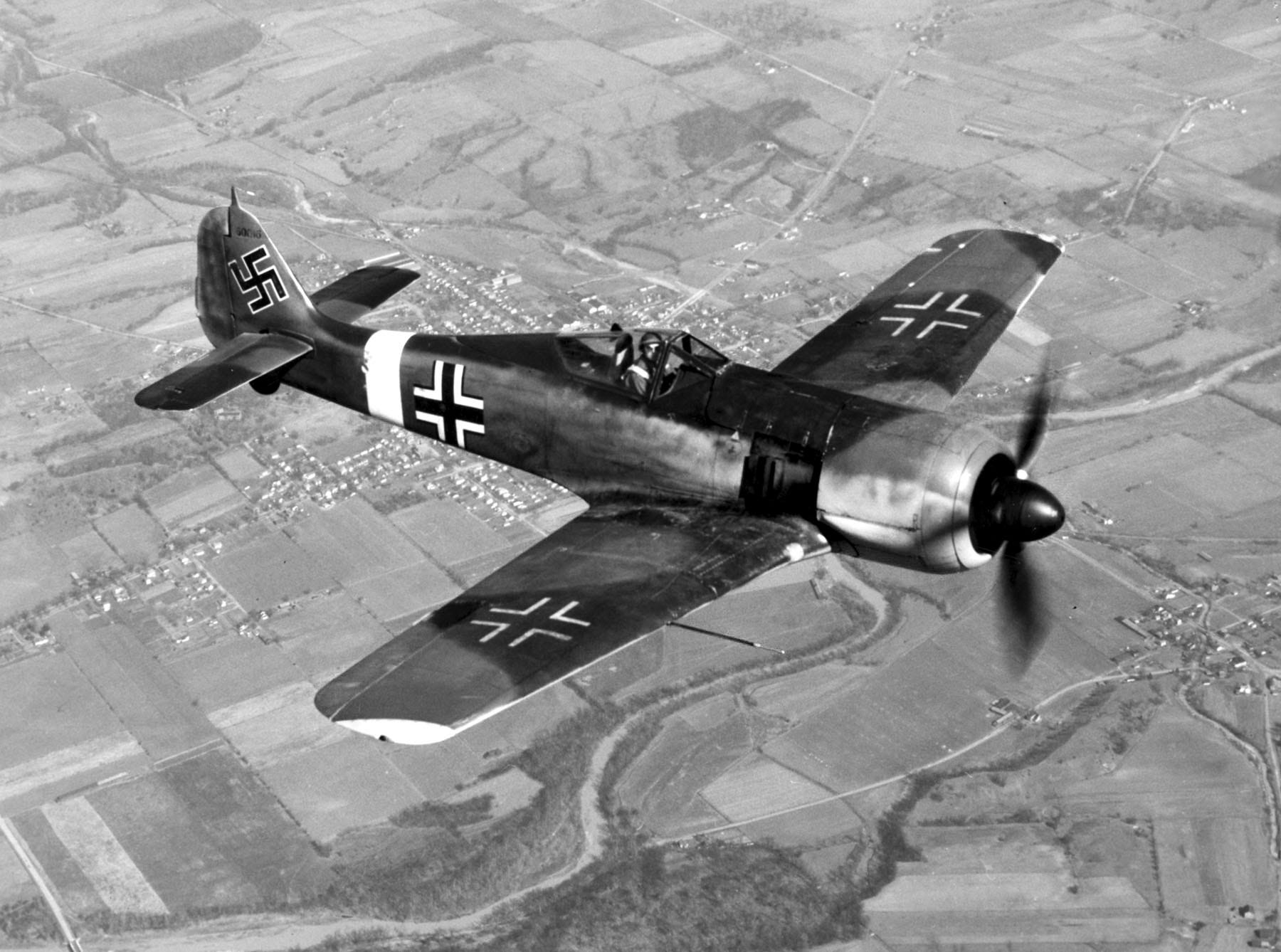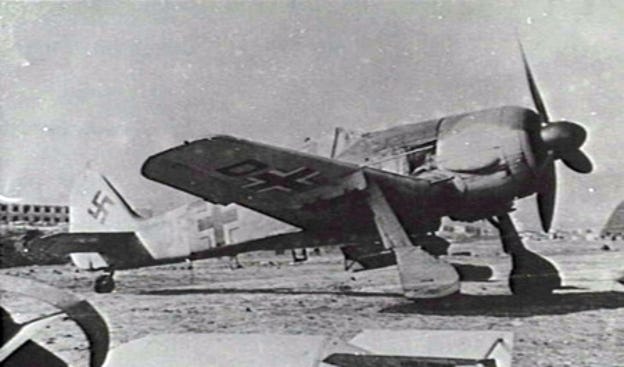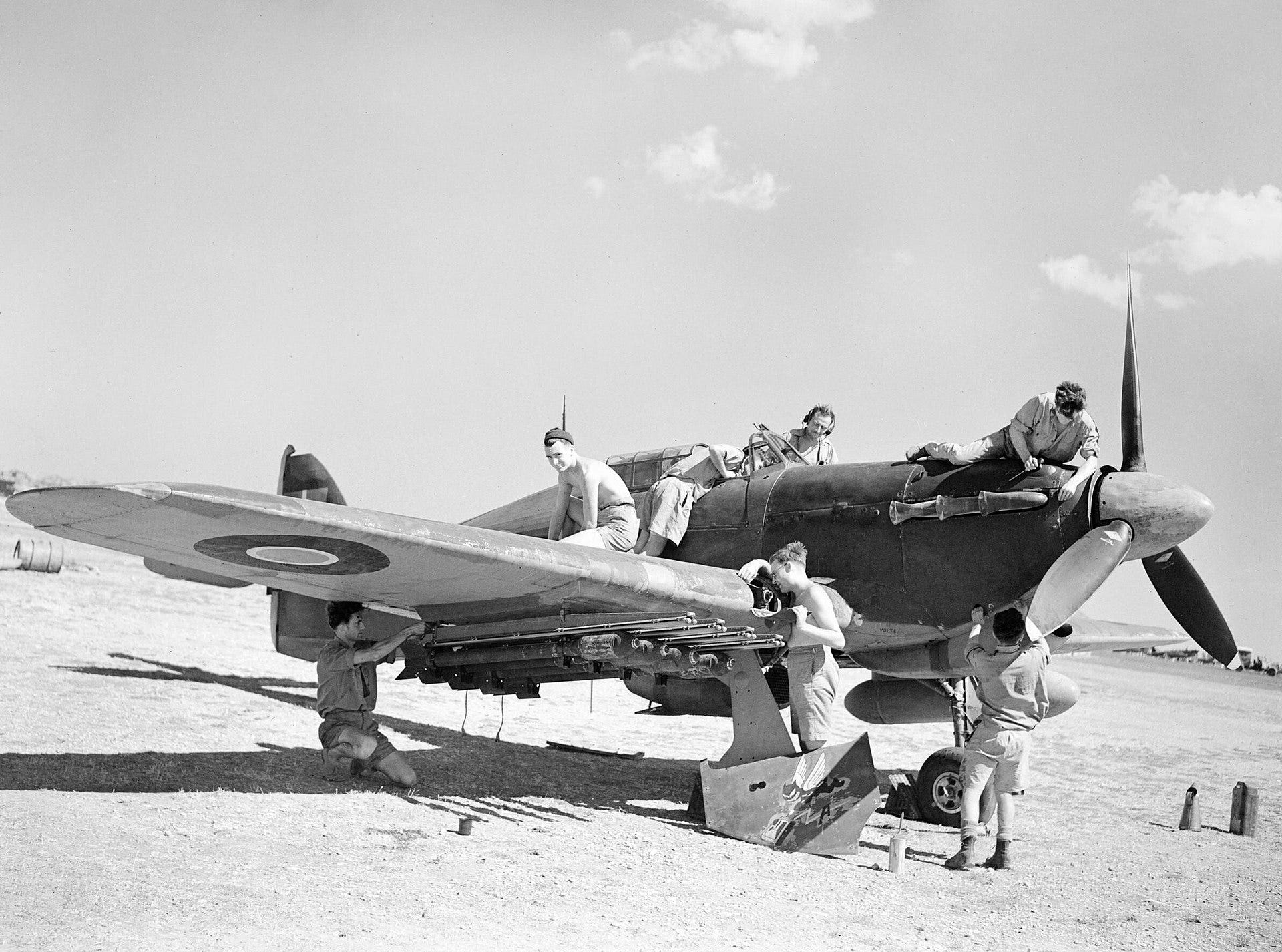11 Best Tank-busting Aircraft of the Second World War
Flying 'Tin Openers' That Made a Difference
Tanks wrought massive carnage in the Second World War, and stopping these tracked monsters from the air was a tough task. It demanded flying low, avoiding or surviving getting shot, and having a big enough weapon to destroy or disable a well-protected, often moving, target. Not all aircraft were suited to the demanding anti-tank mission. When the heavy He-177 bomber was tasked by Luftwaffe commander-in-chief Göring, personally (against the advice of his peers), to halt a mass Soviet tank offensive, the results were disastrous for the Germans. The He-177 force was too lumbering for the mission and was cut to pieces. Others were far better-suited to the mission; here are the 11 best tank-busting aircraft of World War II.
1. Bücker Bü 181 Bestmann ‘Bücker T & the MGs’
In the desperate last-ditch defence of Germany, almost every available aircraft type was dragged into the fight. The rather innocuous-looking Bü 181 training aircraft had already been used as a liaison aircraft and a glider tow, and now it was to enter the more dangerous role of tank-buster.
Armament was to be four Panzerfaust. The Panzerfaust was a recoilless launcher tube with a single bulbous high-explosive anti-tank warhead extending forward from the muzzle. Unlike the baseline infantry version, the aircraft version was wired to be fired remotely by the pilot.
The converted tank-killing aircraft were known as the Bü 181C-3 Panzerjäger (‘tank hunter’), fitted with four wing-mounted Panzerfaust 100 mounted in pairs, two on each wing. Bomb-armed Bücker Bü 181s were used for harassment attacks. The assignment to such tank-busting missions in the Bü 181 must have been an alarming prospect to pilots.
Considering the low-speed top speed of the Bücker Bü 181 of 122mph (197km/h), its relative fragility, the extremely short range of its Panzerfaust and the mass of Allied forces, it is unsurprising that the 181 pilots endured heavy losses. However, they did succeed in destroying some Allied armour.
10. L-4 Grasshopper ‘If I were a carpenter’
The humble Piper Cub is a simple light aircraft loved by civilians and built in great numbers. It was not designed for warfare, yet in a quirk of fate, it ended up book-marking the US war and even taking on tanks directly with ‘Bazookas’!
Moments before the 1941 attack on Pearl Harbor, Marcus F. Poston, a student pilot, was on a solo flight in a Piper Cub J-3 above Oahu, the third-largest of the Hawaiian islands. In an epic example of bad luck, Poston met the surprise attack of Japanese aircraft head-on, resulting in the modest J-3 becoming the first American aeroplane to be shot down in World War II.
The L-4 Grasshopper was a military version used for reconnaissance, liaison and spotting. As a spotting aircraft, it must take some credit for the armour destroyed by artillery (similarly, the Stinson L-5 Sentinel must take some credit for tank destruction by P-47s and other US tactical aircraft when used in the Horsefly Forward Air Control role).
In 1944, USAAF Major Charles Carpenter was assigned an L-4 in France. Learning of other L-4 pilots installing ‘bazookas’ on their aircraft, Carpenter did the same with impressive results. Carpenter told a correspondent that the "word must be getting around to watch out for Cubs with bazookas on them. Every time I show up now, they shoot with everything they have. They never used to bother Cubs. Bazookas must be bothering them a bit." Carpenter took six tanks out before the war ended.
9. Junkers Ju 88 ‘Mädchen zum Panzerzertrümmern’
With Soviet tank production factories creating armour at a startling rate, Germany was forced to consider every conceivable measure of anti-tank warfare. Every combat aircraft type was assessed for suitability for the anti-armour role, which meant fitting heavy armour to withstand low-level ground fire and adding bigger guns.
The twin-engined Junkers Ju 88, which first flew in 1936, was the most versatile of the Luftwaffe’s aircraft, serving in various roles, including bomber, heavy fighter, night fighter, torpedo bomber and reconnaissance. It was even adapted into an explosive-packed drone. With a glut of available Ju 88s airframes, it was considered convenient if they could be drafted into the anti-tank role.
Many gun types were tried with the Ju 88, including the huge 75mm PAK 40, capable of penetrating thirteen centimetres of tank armour at one kilometre. However, even the smaller 30mm Mk 101 was highly effective and could remove a tank if attacked in its relatively vulnerable rear.
The Ju 88 P variant was developed for the anti-armour role with a single Bordkanone series 75 mm, 50 mm (1.97 in), or twin 37 mm (1.46 in) calibre cannon in a ventral gun pod position. Produced in small numbers, the large, somewhat lumbering Ju 88s, were not a success.
Focke-Wulf Fw 190 ‘Der Dosenöffner des Zufalls’
The Focke-Wulf Fw 190 was designed by the aircraft design genius Kurt Tank and was one of the finest fighters of the war. It entered service in 1941 and was, for a while, the best fighter in the world. It also served with distinction in the fighter-bomber role.
A thoroughly modern design, the Fw 190 was a radial-engined fighter that boasted spectacular speed, roll rates and a strong armament, pushing aside the Messerschmitt Bf 109 as the premier Luftwaffe fighter (though the Bf 109 would remain in service until the end of the war).
When the Eastern Front campaign was faltering, the Luftwaffe desperately needed high-performance ground-attack aircraft that were less vulnerable to enemy fighters and ground fire than the large and slow Stuka. Various heavier armaments (including huge guns and rockets) were fitted to the Fw 190, in an attempt to create just such a machine.
The Fw 190 F-8 had a modified injector on the compressor for improved performance at lower altitudes (for short times). For better communication with ground forces, it had the FuG 16 ZS radio unit. It had 20 mm MG 151/20 cannon in the wing roots and two 13 mm (.51 in) MG 131 machine guns above the engine.
Hawker Hurricane ‘The Overshadowed Knows’
Vickers S-Club
Keep reading with a 7-day free trial
Subscribe to Hush-Kit Aviation Newsletter to keep reading this post and get 7 days of free access to the full post archives.



